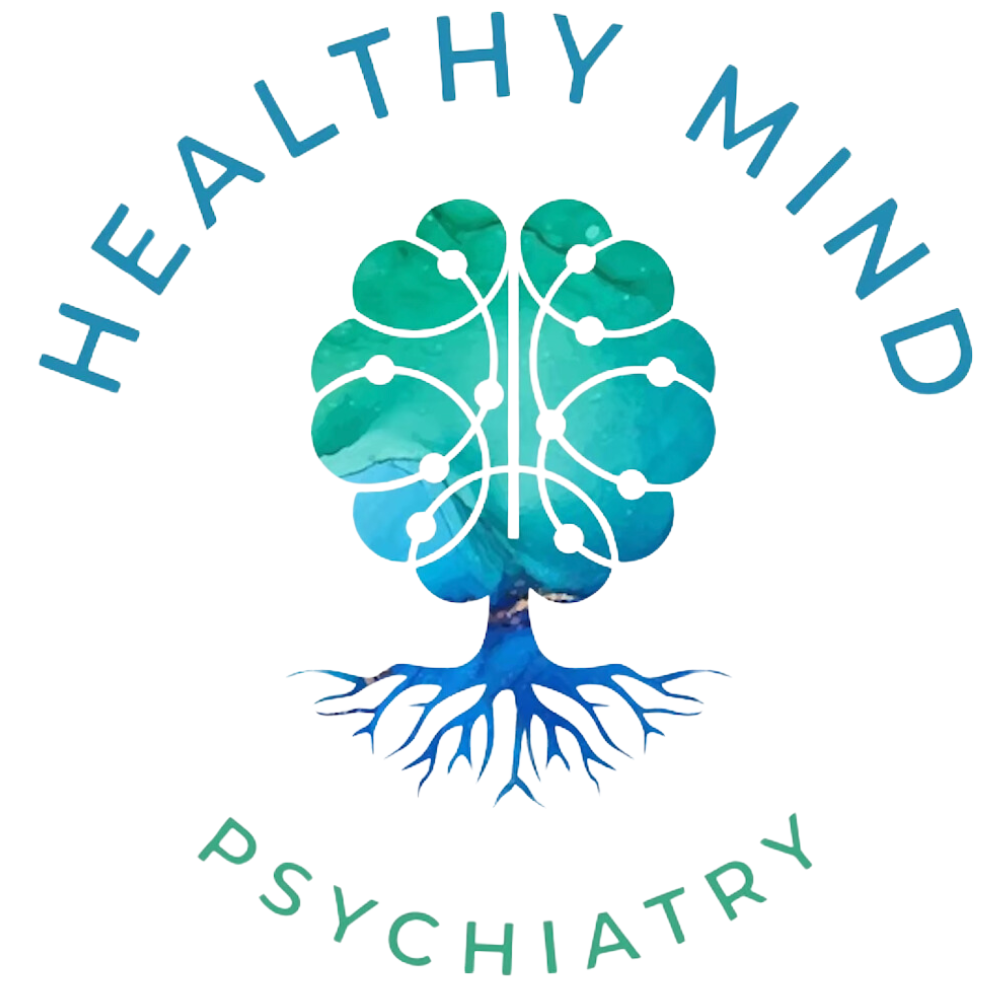THE HEALTHY MIND BLOG
Seasonal Affective Disorder (Winter)
Seasonal Affective Disorder (SAD) or commonly called Seasonal Depression. This condition is also called “the winter blues”. This condition is stimulated by the changing seasons. Depressive symptoms appear in the fall and winter months and decline in the spring and summer. The cause of the “winter blues” is thought to be caused by a shortage of daylight hours and altered sleep patterns that match the night-day cycle of the winter months.
Symptoms
The symptoms of SAD resemble those of major depression and can include:
-Depressed mood: Prolonged sadness, feelings of hopelessness, or feeling "down."
-Lethargy: Decreased energy, fatigue, and difficulty focusing or completing tasks.
-Changes in sleep: Sleeping too much or experiencing a disrupted sleep cycle.
-Changes in appetite or weight: Often an increased craving for carbs, leading to weight gain.
-Loss of interest: Reduced interest in activities once enjoyed, social withdrawal.Irritability: Increased sensitivity or irritability.
Causes and Risk Factors
SAD is thought to be linked to the reduced exposure to sunlight in fall and winter, which can disrupt circadian rhythms and the production of serotonin and melatonin.
Risk factors include:
Geography: Living farther from the equator are more susceptible.
Gender: Women are more likely to be diagnosed SAD
Family history: A history of depression or SAD in the family may increase risk.
Age: Usually occurs in 20s and 30s
Treatment Options
1. Light Therapy: Sitting near a light box that mimics natural sunlight for about 20-30 minutes a day has proven effective for many with SAD. The increased light exposure helps regulate mood and energy.
2. Psychotherapy: Cognitive Behavioral Therapy (CBT) can help change negative thought patterns and behaviors associated with SAD. CBT-SAD, a specific form of CBT, is especially tailored to this condition.
3. Medication: Antidepressants, especially Selective Serotonin Reuptake Inhibitors (SSRI) may help, especially for those who don’t respond to light therapy or have more severe symptoms. Starting medication before the onset of symptoms in the fall can sometimes prevent the full impact of SAD.
4. Lifestyle Changes:
Exercise: Regular physical activity can boost mood and reduce symptoms.
Healthy Diet: A balanced diet can help avoid weight gain and stabilize mood.
Sleep Hygiene: Maintaining a regular sleep schedule can be helpful.
Supplements: Vitamin D, St. John Wort, S-adenosylmethionine (SAMe) with B12 and Folate, Saffron and Rhodiola rosea
5. Medical Devices:
Cranial Electrotherapy Stimulation (CES): Low-amplitude frequency to influence brain activity prescribed by a licensed health care provider.
Focus on staying calm, remember that depression is treatable and the feelings will not last always.
Each of these options has its own benefits and considerations, and some treatments work better when combined. Talking with a healthcare provider can help you decide on a personalized approach that best meets your needs. It is recommended to discuss options with your medical provider due to interactions with certain medication and medical diagnosis. The information provided here is for educational and informational purposes only and is not a substitute for professional medical advice, diagnosis, or treatment. Always seek the advice of your physician or other qualified health provider with any questions you may have regarding a mental health condition or treatment options. Never disregard professional medical advice or delay in seeking it because of something you have read here. If you are experiencing a crisis or need immediate help, please contact a mental health professional, call emergency services, or reach out to a crisis helpline.
